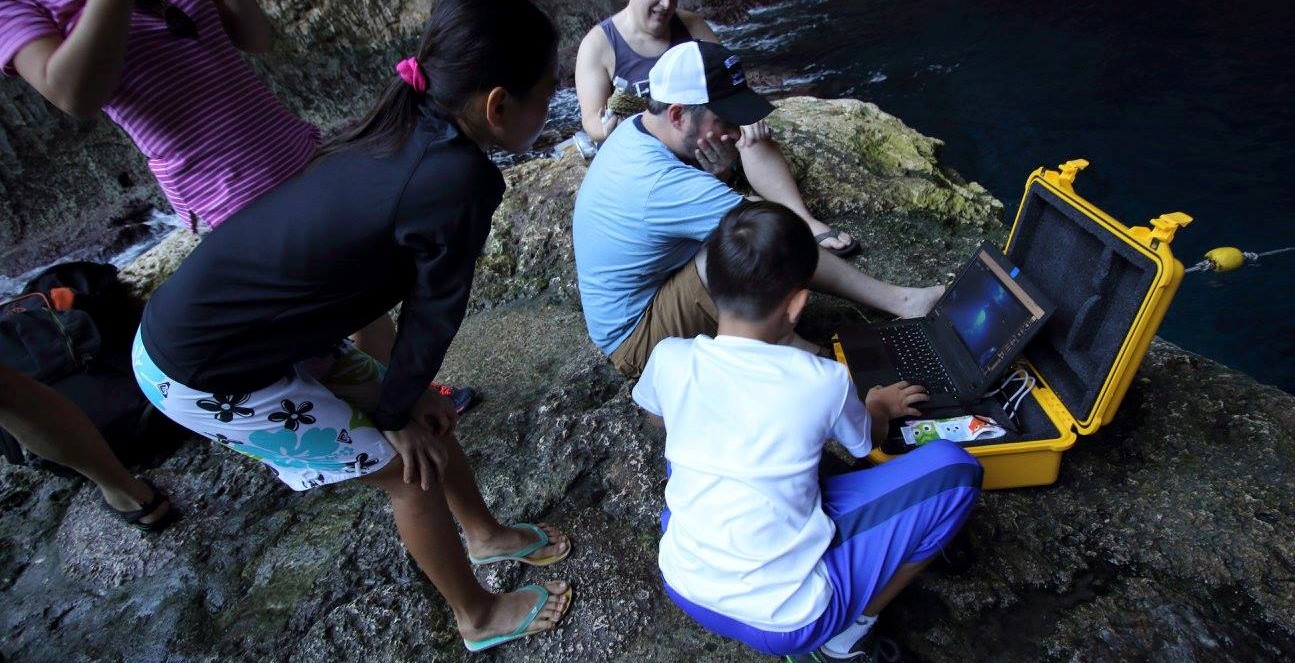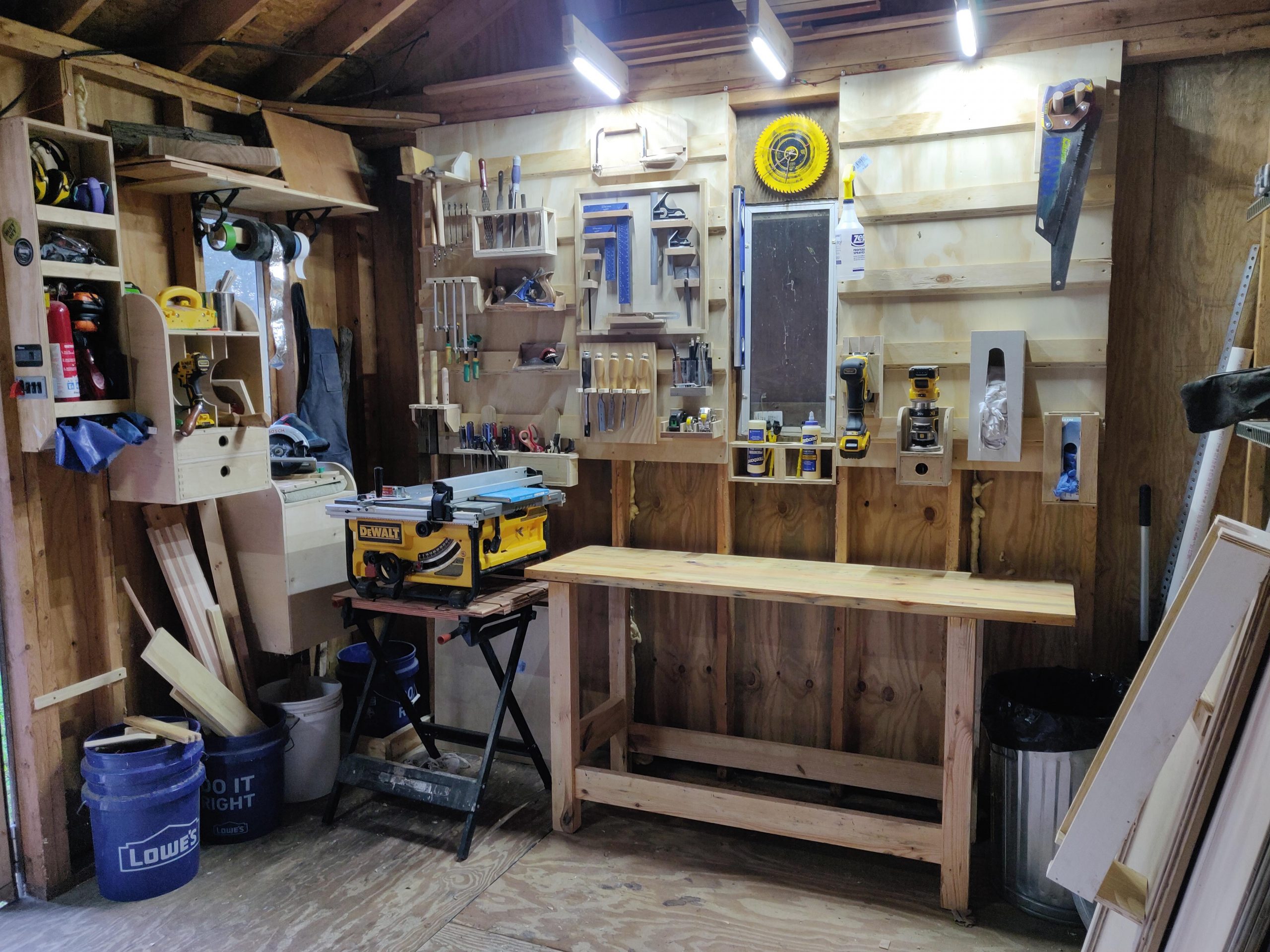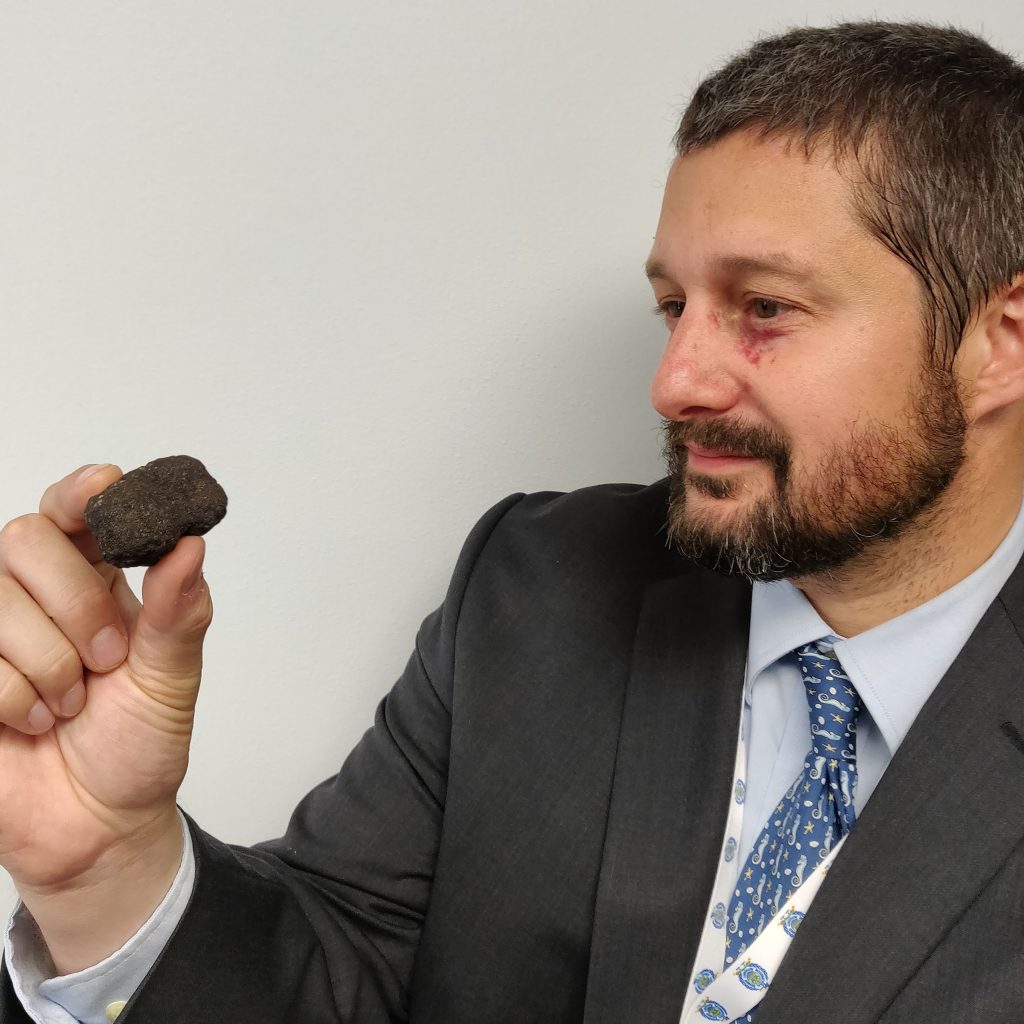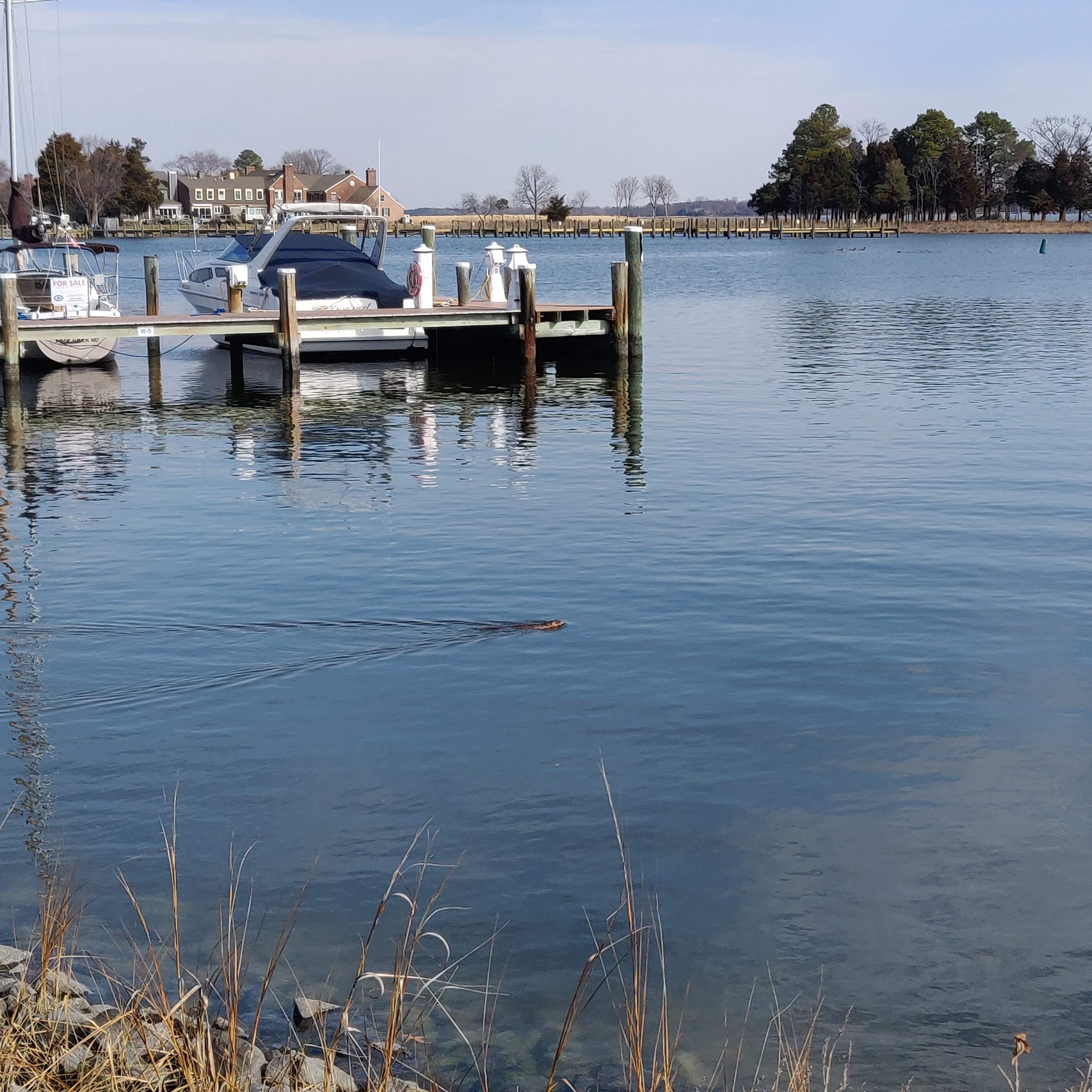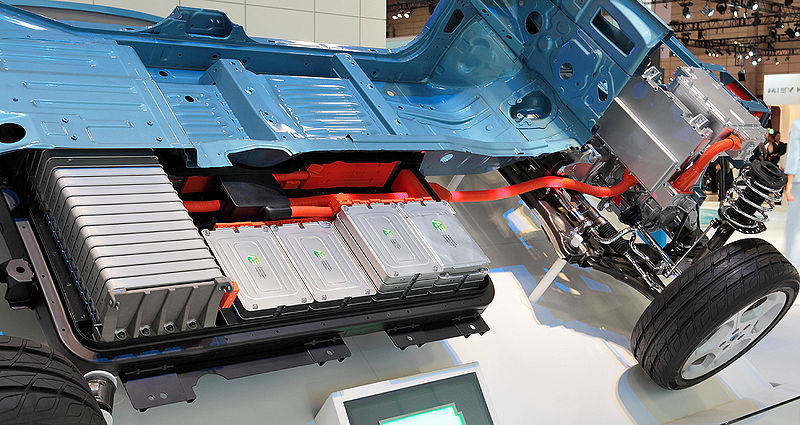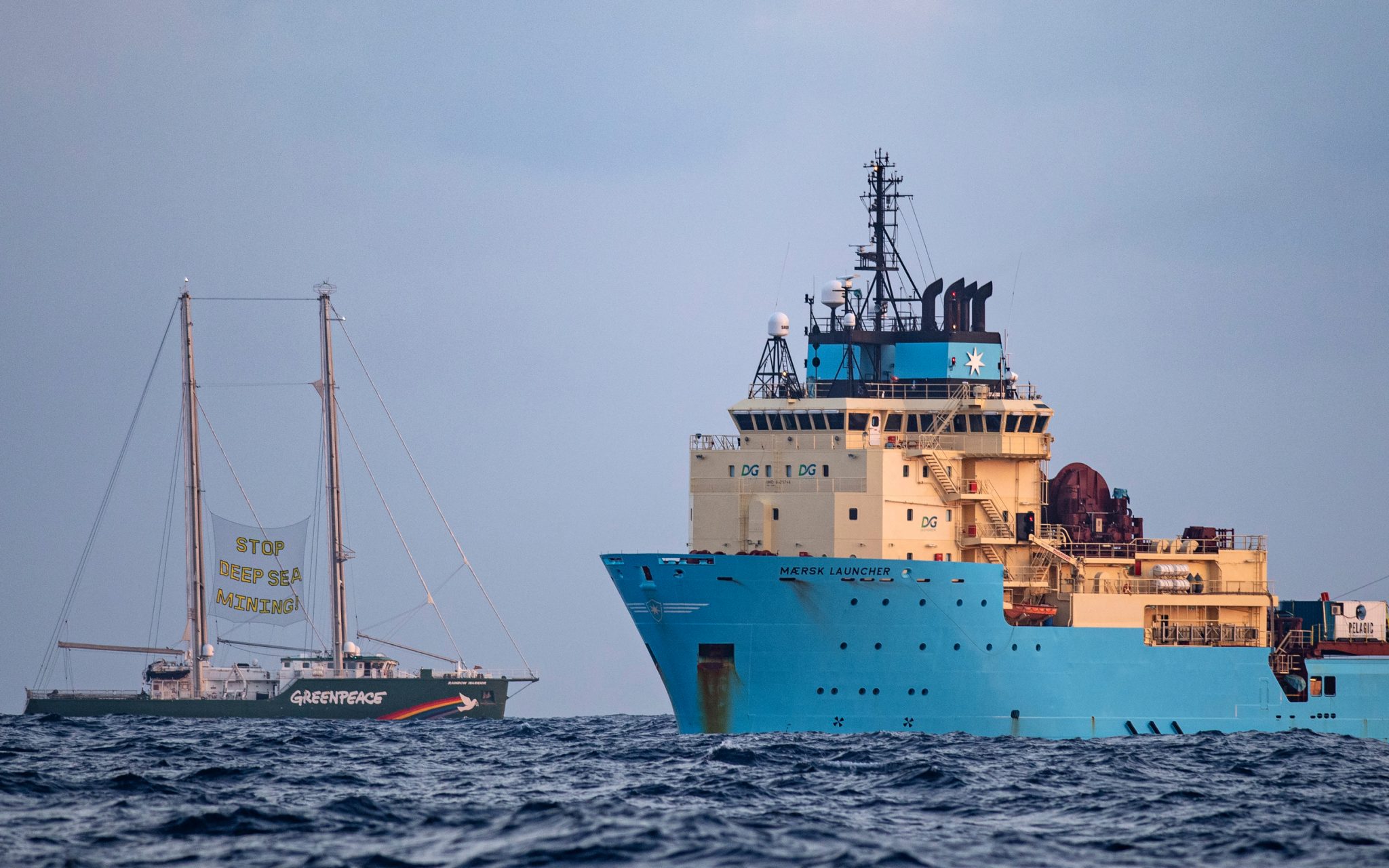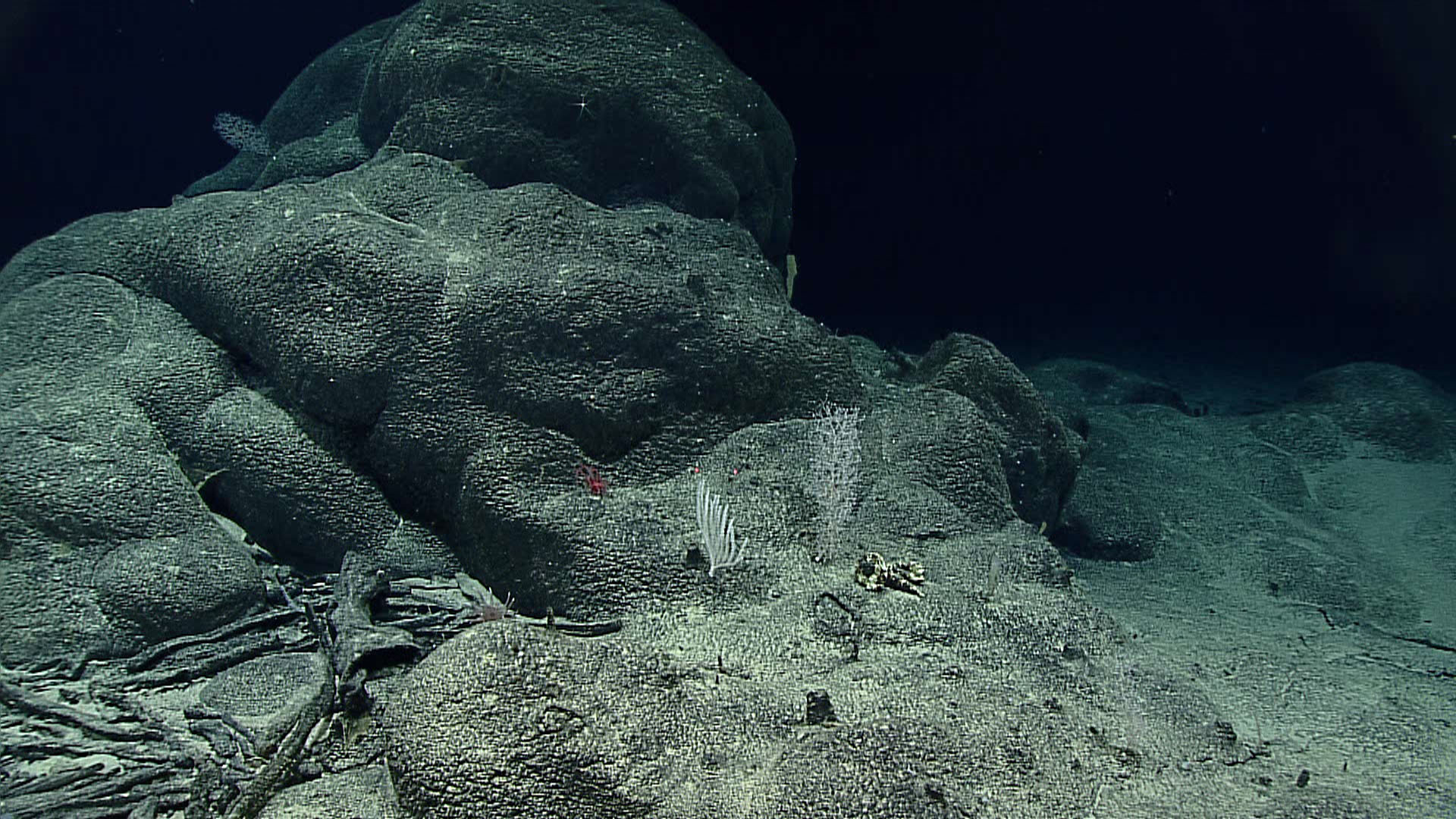This piece originally appeared in the farewell issue of the Deep-sea Mining Observer.
Four years ago, I took over the Deep-sea Mining Observer from my predecessor, Arlo Hemphill. Conceived by the Pew Charitable Trust in 2016, The DSM Observer was created to be an online trade journal for the emerging industry as the International Seabed Authority navigated through the creation of an Exploitation Code for Seabed Minerals in the Area. Originally envisioned to run for two years, we continued to cover and report on critical developments into 2022.
After six years, the Deep-sea Mining Observer is coming to close.
During my tenure here, I tried to capture the full breadth of issues surrounding deep-sea mining. We covered the first species to be IUCN Red Listed due to the potential threat of mining. We examined the rise and fall of Nautilus Minerals. We reported the launch of the Patania II nodule collector test vehicle. We investigated how bioprospecting, often put forward as an industry in potential conflict with deep-sea mining, works in practice. We explored the complex political and geologic history of the Rio Grande Rise. We looked at how new technologies may change the financial landscape for seabed mining. We tracked a semi-mysterious cache of polymetallic nodules from the CCZ offered for sale. And we looked at how other industries intersect with deep-sea mining.
